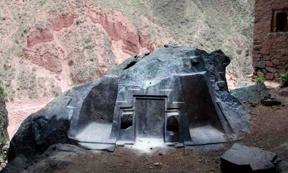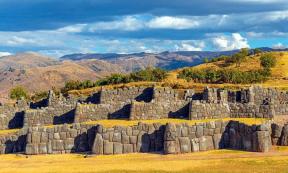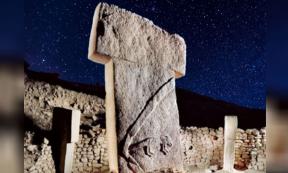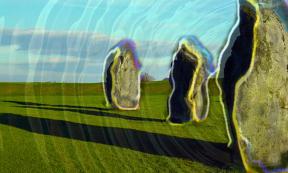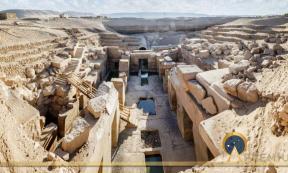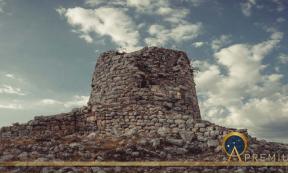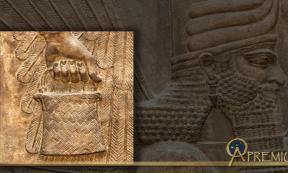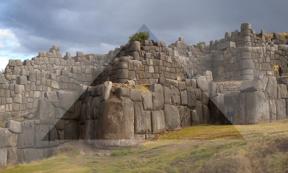Primary tabs
Freddy Silva
Freddy Silva is a best-selling author, and leading researcher of ancient civilizations, restricted history, sacred sites and their interaction with consciousness. He is also a leading expert on crop circles.
He has published six books in six languages:
- The Missing Lands: Uncovering Earth’s Pre-flood Civilization
- The Divine Blueprint: Temples, Power Places, and the Global Plan to Shape The Human Soul
- The Lost Art of Resurrection: Initiation, Secret Chambers and the Quest for the Otherworld
- First Templar Nation: How the Knights Templar Created Europe’s First Nation-state and a Refuge for the Grail
- Secrets In The Fields: The Science and Mysticism of Crop Circles
- Chartres Cathedral: The Missing or Heretic Guide
Described by one CEO as "perhaps the best metaphysical speaker in the world right now,” for two decades he has been an international keynote speaker, with notable appearances at the International Science and Consciousness Conference, the International Society For The Study Of Subtle Energies & Energy Medicine, and the Association for Research and Enlightenment, in addition to appearances on Gaia TV, History Channel, BBC, and radio shows such as Coast To Coast.
He is also a documentary filmmaker, art photographer, and leads private tours to sacred sites in England, France, Egypt, Portugal, Yucatan, Malta, Peru/Bolivia, and Scotland.
History
- Member for
- 8 years 2 months
Opt-in to Ancient Origins Newsletter (AC):
Yes















